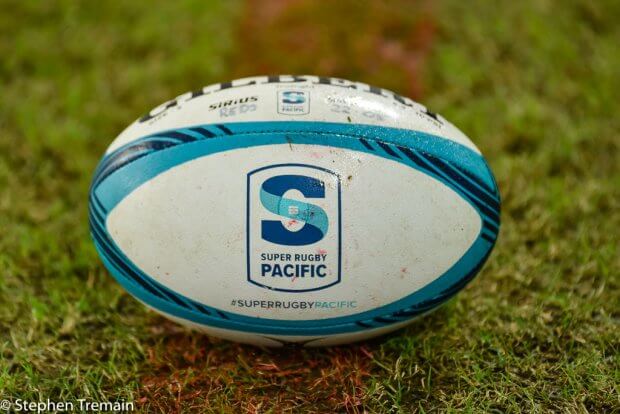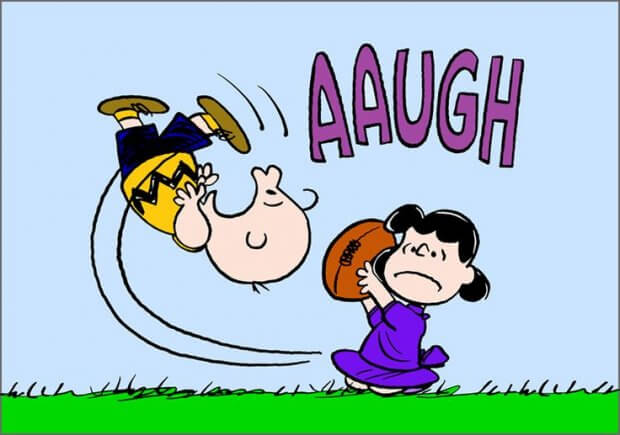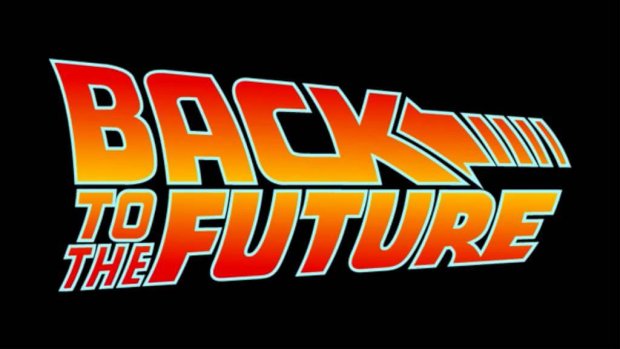Three RWC squads announced
NZ squad announcement:
Forwards: Codie Taylor, Dane Coles, Samisoni Taukei’aho, Ethan de Groot, Fletcher Newell, Nepo Laulala, Ofa Tuungafasi, Tamaiti Williams, Tyrel Lomax, Brodie Retallick, Sam Whitelock, Scott Barrett, Tupou Vaa’i, Ardie Savea, Dalton Papalii, Luke Jacobson, Sam Cane (captain), Shannon Frizell.
Backs: Aaron Smith, Finlay Christie, Cam Roigard, Beauden Barrett, Damian McKenzie, Richie Mo’unga, David Havili, Anton Lienert-Brown, Jordie Barrett, Rieko Ioane, Caleb Clarke, Emoni Narawa, Leicester Fainga’anuku, Mark Telea, Will Jordan.
Quoting from the announcement:
The squad features 18 forwards and 15 backs with the following positional breakdown: three hookers, six props, four locks, five loose forwards,three halfbacks, three first five-eighths, four midfielders and five outside backs.
The All Blacks will be captained by Sam Cane. Lock Samuel Whitelock will be going to his fourth tournament. Six players will be going to their third tournament, nine players will be going to their second Tournament, while 17 are going to their first.
With a combined 1493 Test caps, this is the All Blacks’ most experienced Rugby World Cup squad in history. Whitelock is the most capped player with 145 test caps, while halfback Cam Roigard is the newest All Black with one test cap. The side has an average age of 27.
The Samoa squad is as follows:
Forwards: Fritz Lee, So’otala Fa’aso’o, Jordan Taufua, Alamanda Motuga, Miracle Fai’ilagi, Steven Luatua, Taleni Seu, Chris Vui (co-capt), Sam Slade, Theo McFarland, Brian Alainu’uese, Charlie Faumuina, Paul Alo-Emile, Michael Ala’alatoa (co-capt), Jordan Lay, Seilala Lam, Sama Malolo, Luteru Tolai
Backs: Neria Foma’i, Alai D’Angelo Leuila, Nigel Ah Wong, Ben Lam, Ed Fidow, Tumua Manu, Danny Toala, Ulupano Junior Seuteni, Duncan Paia’aua, Lima Sopoaga, Christian Leali’ifano, Jonathan Taumateine, Ereatara Enari, Melani Matavao.
Good luck to Christian Leali’ifano!
The England squad:
Forwards: Ollie Chessum (Leicester), Dan Cole (Leicester), Tom Curry (Sale), Theo Dan (Saracens), Ben Earl (Saracens), Ellis Genge (Bristol), Jamie George (Saracens), Maro Itoje (Saracens), Courtney Lawes (Northampton), Lewis Ludlam (Northampton), Joe Marler (Harlequins), George Martin (Leicester), David Ribbans (Toulon), Bevan Rodd (Sale), Kyle Sinckler (Bristol), Will Stuart (Bath), Billy Vunipola (Saracens), Jack Walker (Harlequins), Jack Willis (Toulouse).
Backs: Henry Arundell (Racing 92), Danny Care (Harlequins), Elliot Daly (Saracens), Owen Farrell (Saracens), George Ford (Sale), Ollie Lawrence (Bath), Max Malins (Bristol), Joe Marchant (Stade Francais), Marcus Smith (Harlequins), Freddie Steward (Leicester), Manu Tuilagi (Sale), Jack van Poortvliet (Leicester), Anthony Watson (unattached), Ben Youngs (Leicester).
Perhaps Joe Marler will get one last twiddle of a Welshman’s tackle.
ESPN has a page for all 20 teams as they are announced.

Super Rugby Pacific Super Round 2024
It’s in Melbourne again! – 1-3 March. Nathan Williamson at rugby.com.au has the news
“After witnessing an incredible turnout at the recent Bledisloe Cup in Melbourne and with the anticipation building for the 2023 Rugby World Cup, we are excited to return to Melbourne and can’t wait for what Super Round 2024 has in store.”
Are they expecting a Bledisloe sized crowd over the three days?

World Record Kick?
In the recent under 20 Trophy semi-final Icaro Amarillo (10 of the Uruguay team) kicked a drop goal with a monster kick, “a Howitzer” as the commentator says, as seen at this twitter post:
I like the way the side-on camera view just loses the ball and stops – imagine the camera man going “where the ‘F’ did that go?”
I was impressed by this last week, but on the weekend thought to try to see how far the kick actually went. You can see where the kick was taken from on the field (being close to the half way line) and there are some recognisable features of the stadium where the ball lands.
The following Google Maps screen shot shows the measurement:

Yes, that drop kick covered 92 metres before landing!
The kick was taken in response to the Scottish goal line drop out, which appeared to travel 49 metres, not a bad kick itself, so it doesn’t appear there was much wind, unless Scotland is also packing a 60m plus drop kicker.
For anyone wanting to confirm the measurement, it requires another view of the stadium to make sense of the stadium features, which are confusing when correlating the overhead and shallow view down the field of the replay.

There is an inner wall, and the nearest seats are some distance behind the inner wall. The bottom of the inner wall just to the right of the gate opening is where the kick landed.
What is the longest kick in rugby? In any type of football?

Chooseday Choo – Stamina v Size
One lesson I learnt today is don’t bother typing “stamina v size” into Google looking for anything other than information about female preferences in relation to activities of a certain intimate nature.
So what was I looking for? I was wondering what the relationship is between an athlete’s size (that is their height, height, muscle mass etc) and their ability to play for 80 minutes.
Four matches we’ve had this year, and four we’ve lost. But in all of them we’ve lead early, and in all we’ve appeared to perform worse towards the end. There’s a pattern there, and it appears to be one of starting well and then fading. Eddie has gone for big players, and big players obviously have their uses, but can they play as well for 80 minutes?
Looking for evidence, because I like evidence, this article talks about training large muscles for endurance.
It states that Rugby matches are often won or lost in the last few minutes of play, and the ability to keep on attacking or defending is a test of muscular endurance and quotes Kieran Read in relation to All Blacks training: “the team trains for the last 10mins of each game.” But this article doesn’t explain if big players are at a disadvantage in endurance or not.
This article has measures of various rugby player characteristics and abilities and correlates how they relate to each other. It uses a beep test (Yo-Yo test as they call it) as a measure of ability to maintain running speed over time. It shows that mass of all types (lean mass, bone mass, fat mass, fat %, and BMD) is negatively correlated with performance for forwards on this test. If I’m reading the numbers right (a big if), in the weight range of rugby players, a player 10 kg heavier than another is on average likely to have about a 20% lower performance on the beep test – that is, they run out of breath 20% earlier.
Of course, strength and mass helps in some areas of the game, so there is a balance to be had. I’m not sure where the optimum lies. The question is does Eddie know? Has he gone too far? He seems to have tried using a 6-2 bench to compensate to some extent, but that has disadvantages too.
Is it in our future to get to a 10 point lead at half time in a semi-final, and loose by 7 when the big boppers run out of puff?

